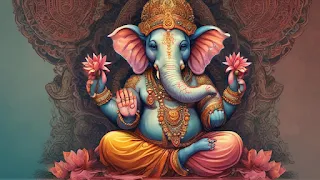Thor's Role in Norse Mythology
Thor is a protector of both gods and humans. He is the guardian of Midgard, the realm of humanity, and a fierce defender against the Jotnar, the chaotic giants who threaten the order of the cosmos. His exploits often involve journeys to the land of the giants, where he displays both his strength and cunning.
Among his most famous adventures is his encounter with the giant Hrungnir, whom he defeats in a ferocious battle, and his attempt to drink from the horn in Utgard-Loki's hall, which turns out to be connected to the sea. Thor's attempt demonstrates his unparalleled might, as he lowers the ocean level itself.Thor, one of the most iconic gods in Norse mythology, is revered as the God of Thunder, storms, and strength. His name is synonymous with power, protection, and resilience. As the son of Odin, the All-Father, and Jord, the personification of the Earth, Thor occupies a central role in the mythological narratives of the Norse pantheon. His stories have inspired generations, transcending mythology to become a cultural symbol even in modern times.
Thor's Appearance and Attributes
Thor is often depicted as a mighty warrior with fiery red hair and a long beard, wielding the legendary hammer, Mjölnir. Mjölnir, imbued with magical properties, is not only a devastating weapon but also a tool for consecration and blessings. The hammer always returns to Thor's hand, regardless of how far it is thrown, and its strikes produce the deafening sound of thunder.
Thor is also associated with his chariot, drawn by two magical goats, Tanngrisnir and Tanngnjóstr, which he can sacrifice and resurrect, symbolizing the cycle of destruction and renewal. His belt, Megingjörð, doubles his immense strength, making him virtually unbeatable in battle.


No comments:
Post a Comment